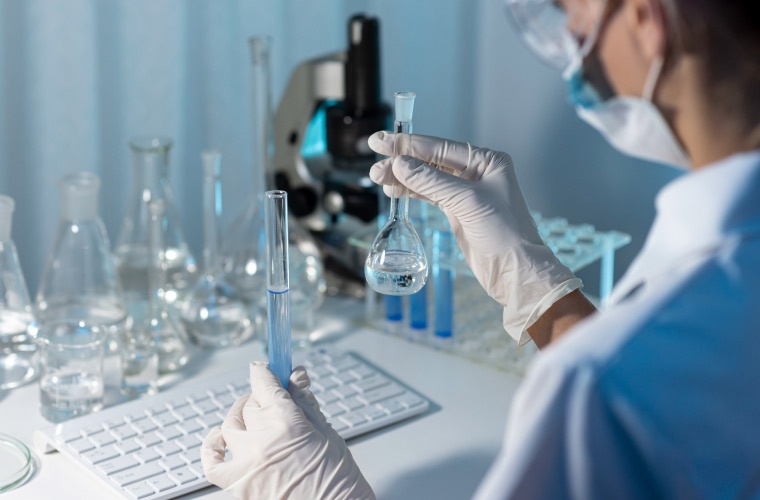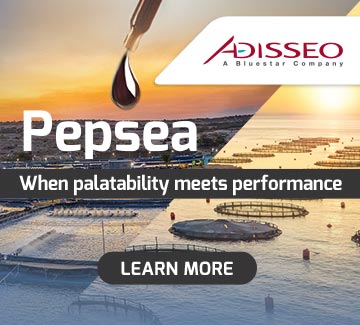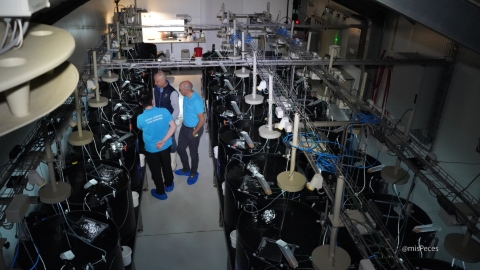
Vaccines used to prevent viral and bacterial diseases in aquaculture not only improve fish health but also contribute to more sustainable and profitable production by reducing the use of antibiotics and other chemicals that can negatively impact the environment.
Among the most notable examples is the vaccine against viral haemorrhagic septicaemia, with an efficacy rate of 90% in salmon, and the vaccine against furunculosis caused by Aeromonas salmonicida, with an average efficacy of 80% to 95% in salmon and trout. Additionally, the vaccine against Vibrio anguillarum, which affects species such as sea bream, turbot, and sole, has achieved efficacy rates above 85%.
However, not all species or diseases have available vaccines. Diseases such as pancreas disease in salmon or early mortality syndrome in shrimp remain significant challenges. Furthermore, parasites like Ichthyophthirius multifiliis (white spot) and sea lice in Atlantic salmon increase production costs as they require alternative therapies to vaccines.
There are both economic and technical barriers to the widespread use of vaccines. Cost remains a challenge, especially for small-scale producers, and administering vaccines to large populations is complicated, with efficacy varying depending on factors such as water temperature and farm conditions.
Live attenuated vaccines, which use weakened pathogens, tend to have high efficacy, around 90%. Inactivated vaccines, which contain killed pathogens, are also highly effective, generally between 80% and 95%. DNA and subunit vaccines, which are more recent and specific, can exceed 90% efficacy, although they depend on a very precise design for each disease.
The method of administration also influences efficacy. Intraperitoneal injection is the most effective method, but in high-density farms, methods such as immersion or medicated feed are more practical, although they may be slightly less effective compared to direct injection.
In addition to vaccines, many producers are adopting probiotics and prebiotics as natural alternatives that improve the intestinal health of fish and strengthen their immune systems, reducing the need for pharmaceuticals and lowering mortality. The use of these strategies also lessens the environmental impact by avoiding the release of chemicals into the water and improving the overall quality of aquatic ecosystems.
New research and the future of aquaculture vaccines
Current research focuses on developing more specific and effective vaccines for diseases that do not yet have adequate solutions, such as pancreas disease. New, less invasive and more effective administration methods, such as nanoparticles and controlled release systems, are also being explored to enhance the immune response of fish without the need for large-scale handling.
These advances, together with an integrated approach combining the use of vaccines, probiotics, and improved management practices, will be key to ensuring sustainable and profitable aquaculture in the future.


